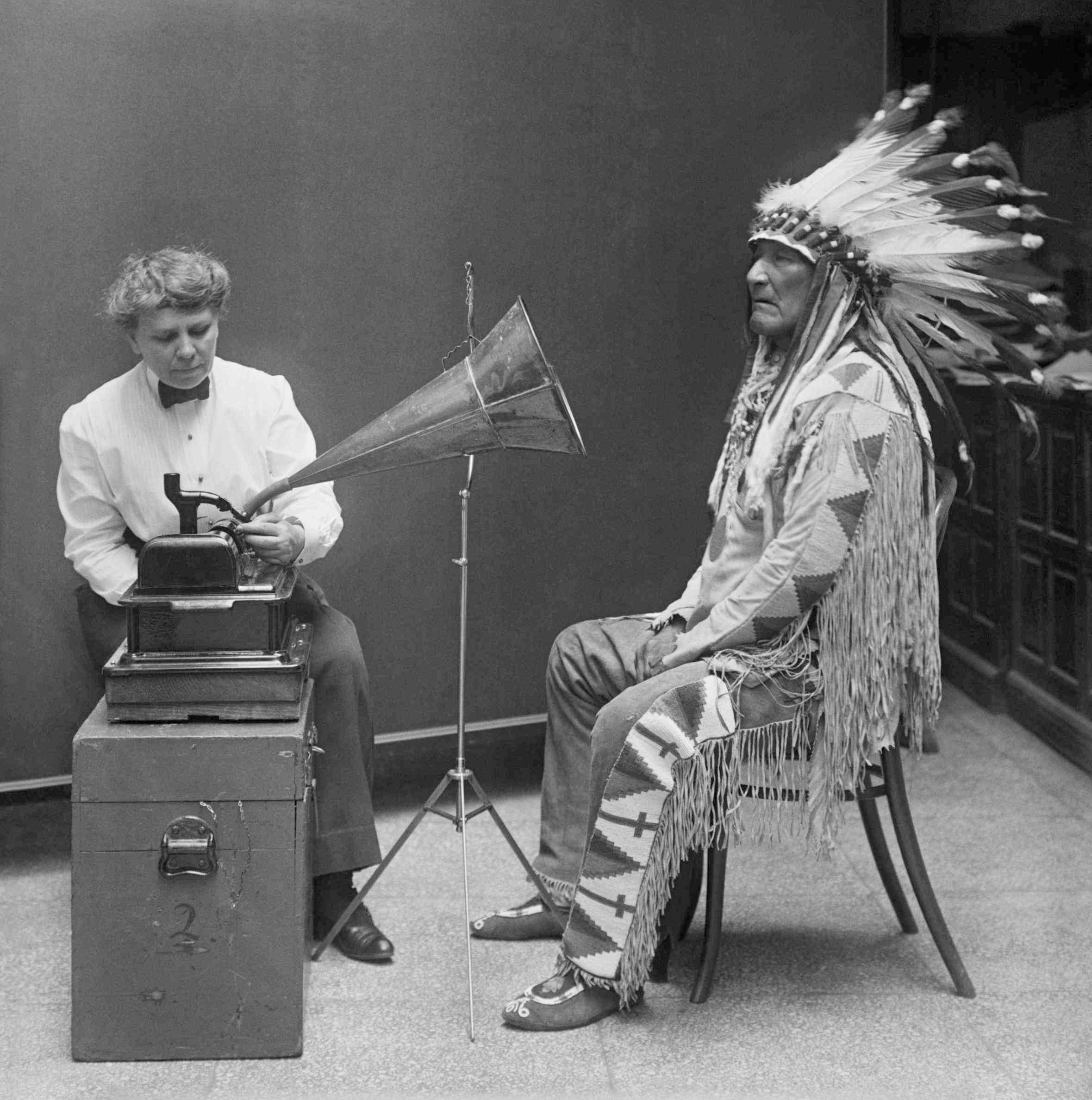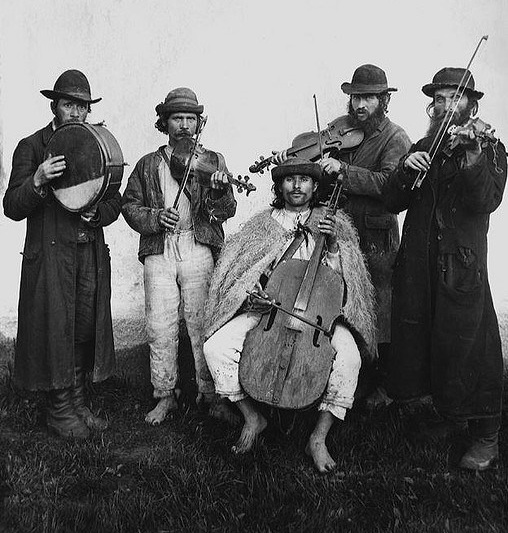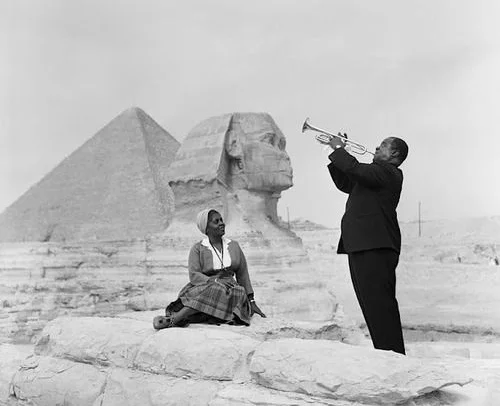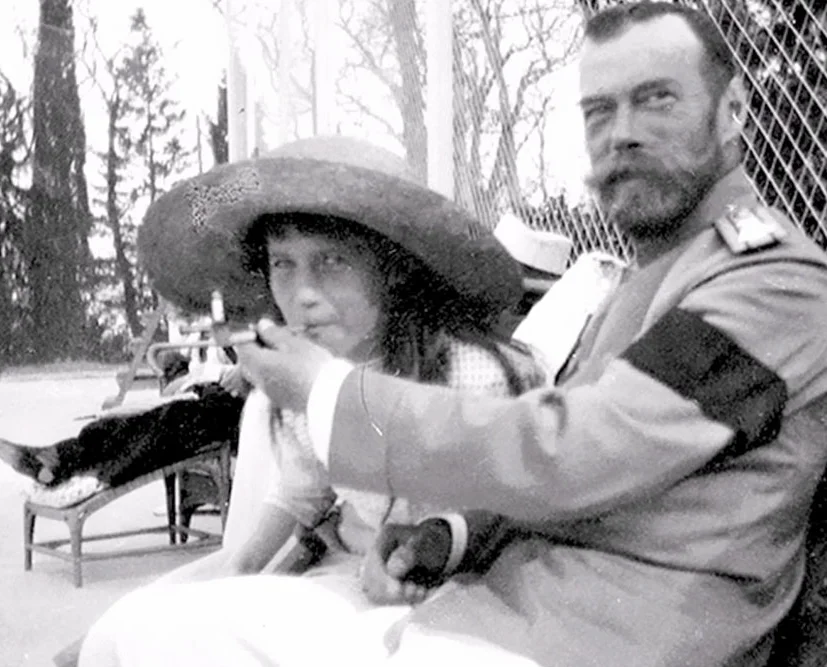By The Landlord
“The eye should learn to listen before it looks.” – Robert Frank
“It is more important to click with people than to click the shutter.” – Alfred Eisenstaedt
“Your first 10,000 photographs are your worst.” – Henri Cartier-Bresson
“There are always two people in every picture: the photographer and the viewer. You don’t take a photograph, you make it.” – Ansel Adams
“My desire is to preserve the sense of people’s lives, to endow them with the strength and beauty I see in them. I want the people in my pictures to stare back.” – Nan Goldin
If I ever get stuck for ideas, I leaf through books of photography. They tell a story, they become an adventure, they trigger the imagination, they stimulate memories, connections. They might, for example be the awe-inspiring landscapes taken by Ansel Adams, the astonishing scenes of people and across the world captured by Henri Cartier-Bresson, or the intimate, often down-at-heel candid shots of urban life by Nan Goldin.
Important photographs don’t have to be by anyone famous. They might also be of a personal nature, that forgotten, sun-bleached snapshot of childhood on a beach with long-dead relatives or even friends. Or they could be tools of the trade – glossy press and publicity shots, glamorous or otherwise, strangely revealing something about the person we didn’t know. Or for works of fiction, or drama, or real-life events, they could be a piece of evidence used for justice or blackmail, the key element in any plot. Do photographs represent the truth? Can they change perspective, or be deceptive, or does the camera never lie? One thing is for sure, photographs have also been the inspiration, and subject of, in passing or in particular, many a song, unlocking a new world of reference, storytelling, feeling, capturing a moment.
Photography is now ubiquitous, infinitely available, snaps in time constantly captured and uploaded from smartphones at events or everyday banal moments, not to mention in private by new generation who constantly ‘selfie’ or take Snapchat sexting images. Photography is now available to all, yet contradictorily photography itself is overexposed. While people take snapshots of their lunch, Sebastião Salgado captured the lives of Brazilian gold mine workers in the 1980s:
Brazilian gold mine, Sebastião Salgado, 1986
But, for most people, photography used to be far a rarer activity, preserved for special occasions, holidays, using the classic – the basic wind-along Kodak Brownie or maybe later a Konica Pop, limited by 24 or or 36 exposures. We had to choose the moment carefully. not waste the film, just as writing with a typewriter required mental composition before commitment to the words themselves. That was before word processing could allow you to fiddle around and to a retake. And after the limited exposure film was finished, there came that classic whir and click. Then we’d take it to Boots, Snappy Snaps or whatever retailer would develop it, and wait at least an hour, or often a day or more for the results. Or, if you had the skills and equipment, you’d develop it in a dark room, inhaling chemicals, and like the lads on the film Gregory’s Girl in the school, count out “elephants” to mark each second until that magic moment in the wet tray:
The process was exciting in a strangely innocent way, a bit like in previous generations when crowds would point and wave at trains or aeroplanes, and always wave at the camera. The other day I found a used film in a small container that might be 20 years old. What might be on it? Can I still get it developed?
Video, and even gifs may seem superior to still photographs, but the latter have a different dimension. Photographs don’t move on or have to be replayed. You can just stare and study them, soak them in for as long as you like, wonder that is happening here, what happened just before the exposure was taken, and what might happen next, and feel enriched about the lives of those within. It’s a cliche that every picture tells a story, but if you let it in, it will.
There’s an infinity of superb photographs accessible to all of us online, from the natural world to posed pictures of celebrities, rare or famous, jokey or candid. Where do we start? With musicians? We’ve already seen Ali and the Beatles in 1964, and here’s Blondie making a musical joke:
Blondie’s exposure, by Martin Goddard
But for the most part, I’ve chosen a few items that are rare, unusual, mysterious and also obscure stock images that above all inspire questions. Here’s a one for an early recording session:
Ethnomusicologist Frances Densmore recording the music of a Blackfoot chief onto a phonograph, 1916.
And imagine also the stories that these musicians could tell:
Village orchestra of Ruthenian and Jewish musicians in Verecke, Bereg County, Hungary 1895
And what stories could be told by Sonny Clay and his ‘Colored Idea Band’ after travelling by boat to Australia in 1928 to a country, like from where they’d come, riven by racial prejudice? But while welcomed down under to perform Australian Stomp and other tunes, the band were found to be socialising with Australian women and promptly deported. African American bands were banned from the country until 1954, after which Louis Armstrong became the first to visit with the Harlem Blackbirds in 1955.
The ‘Colored Idea Band’ of Sonny Clay arrives in Sydney, 1928 (Sam Hood)
Racial tension and music has always brought out strange results. Here’s a white audience who can’t help themselves in 1953 watching Big Jay McNeely at the Olympic Auditorium in Los Angeles. Feel the excitement and electricity here. They simply can’t help but be carried by his passion and talent.
Music over race: Big Jay McNeely wows a white audience at the Olympic Auditorium in Los Angeles, 1953
Louis Armstrong himself would have had many stories of such experiences. But here is a quieter, rather beautiful moment, while on holiday playing for his wife at the Pyramids in 1961.
Louis Armstrong and his wife at Pyramids in Egypt in 1961
Holidays to Egypt were slightly different in the past. Authorities were far less protective of precious landmarks as seen here in the 1850s, where any tourist was free to picnic on the Sphinx.
Picnic on the Sphinx, Egypt, 1850s
Talking of history, and mystery, and staying in Egypt, some photographs are deceptively simple, yet evoke astonishing mystery. What’s going on here with this piece of rope? The clue? Howard Carter was there in 1922:
Howard Carter, the British archaeologist who discovered the mysterious and intact tomb of Tutankhamun in 1922. This photograph shows unbroken seal of Tutankhamun’s Tomb, untouched for 3,245 years.
Ancient civilsations have always built huge structures, such the Pyramids and Sphinx, but the 20th century brought far greater sites, heights and indeed sights with people climbing ever higher:
Web of beauty: Painters on the Brooklyn Bridge, New York, in 1914
Big building? These guys certainly gave a dam:
A massive section of pipe is moved into part of the Hoover Dam in Black Canyon of the Colorado River., sometime during the project from 1931 until 1936
Talking of pipes, and an even rarer photograph, here’s a former Russian king with his famous daughter before the Russian Revolution in 1917:
Tsar-struck: Nicholas II and his daughter, the Grand Duchess Anastasia sharing a pipe in pre-Soviet Russia
Despite rumours and a high-profile case, the Grand Duchess Anastasia probably didn’t survive after all during the killing of her father and family, so this is indeed is a rare moment of humour and humanity. Aside from this amusing image, photography can be revealing on how women’s lives in history have been constantly controlled by male scrutiny and repression. While photography has often exploited women’s looks and bodies, this one in 1920s captures a moment when the modesty police get out their measuring tape:
1920s swimmers are measured for the modesty of their bathing suits and face fines for showing too much leg
Women have often needed to do banned activities in secret, but this one captures something of a knockout moment:
Female boxers train in secret on a roof, 1930s
And what is going on here? Running in a race? Not in the 1967 Boston Marathon, miss! But Kathrine Switzer wasn’t going to let a bunch of bigots stop her and became the first women to finish the race, and become a trailblazer for many others who also wanted to get ahead of the race.
Officials try to stop Kathrine Switzer running the 1967 Boston Marathon
From women to children now, and especially in times of conflict, photography can also capture many stories in one moment. During the Vietnam War, hundreds of Vietnamese babies were orphaned. The American government initiated “Operation Babylift” on 12 April 1975. The operation flew the babies from Vietnam to the USA where they were put up for adoption to citizens in USA, Australia, Canada and France.
Never such innocence … Operation Babylift” on 12 April 1975 carries orphaned Vietnemese out of Saigon
There are many moments of drama and death captured by photography, but what on earth is happening here? This is not some average guy enjoying the thrills of an amusement park, but an American death-row prisoner involuntarily testing the safety of a roller-coaster in 1958. What happened next! Did he survive? If not, did it end on a high?
Way to go? High flying US death-row prisoner testing a roller coaster in 1958
Is this a death scene? Not quite. A fire tore down the Madame Tussaud’s London Wax Museum in 1930 and these are the “survivors”.
Melting hearts: Madame Tussaud’s fire ‘survivors’ in 1930
Mass protest has always been a great subject of photography, capturing moments of great political change. Of course there are many far more important issues, but seeing as we are the Song Bar, let us strive onwards with this image during US Prohibition:
Dry humour. is that clear? US Prohibition protest in the 1930s
Enjoying these images? Here are a few more for you to peruse at leisure:
I hope that this small selection stimulates ideas for your song nominations. This week’s photography editor in chief, sorting your superb vistas and silly snapshots of songs that are about photographs or photography, is the excellent EnglishOutlaw. Expose your ideas in comments below for deadline at 11pm (UK time) on Monday for playlists published on Wednesday. Let’s make it snapply or slow, depending on your perspective.
New to comment? It is quick and easy. You just need to login to Disqus once. All is explained i in About/FAQs ...
Fancy a turn behind the pumps at The Song Bar? Care to choose a playlist from songs nominated and write something about it? Then feel free to contact The Song Bar here, or try the usual email address. Also please follow us social media: Song Bar Twitter, Song Bar Facebook. Song Bar YouTube. Subscribe, follow and share.
Latest news: the film website moviehustle.com has chosen Song Bar as the no 1 music blog for 2019. Thank you moviehustle.com!




















